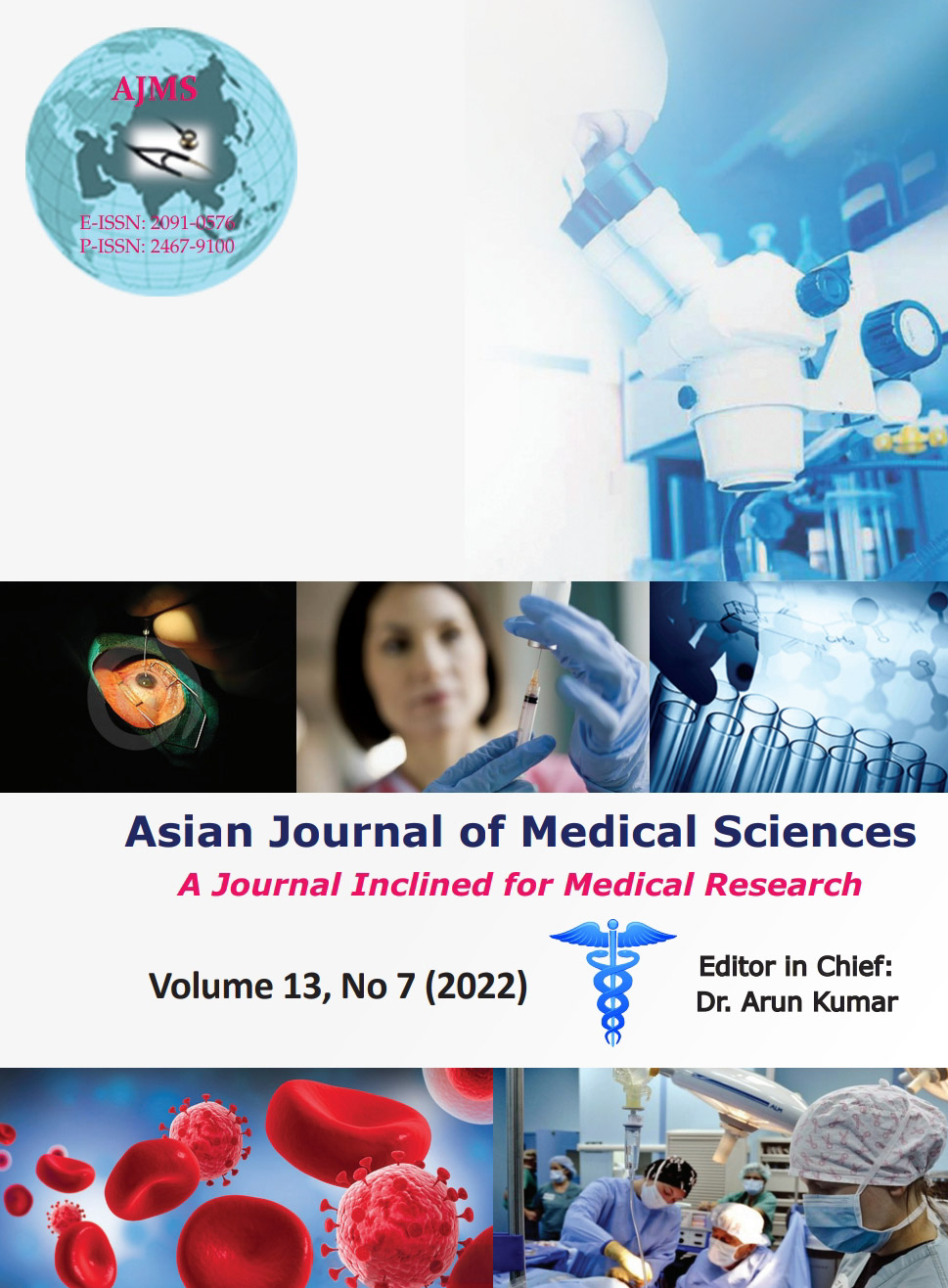Association of glycosylated hemoglobin with urinary albuminuria for early detection and progression of renal damage in patients with type 2 diabetes mellitus
Keywords:
Diabetes mellitus, Glycosylated hemoglobin, Microalbuminuria, Urinary albuminAbstract
Background: Regular screening of levels of glycosylated hemoglobin and microalbuminuria (MA), diabetic nephropathy can be prevented.Recent studies found some of the sensitive and specific biomarker for early detection and progression of nephropathy in type 2 diabetes mellitus (T2DM) patients.
Aim and Objectives: This study was carried out to correlation of glycosylated hemoglobin with urinary albuminuria for early detection and progression of nephropathy in patients with T2DM.
Materials and Methods: This was a case–control study was conducted at tertiary care institute of India. A total 300 subjects included in the present study diagnosed with T2DM according to American diabetes association criteria and the cases are sub grouped based on albumin creatinine ration, the 100 patients T2DM with normoalbuminuria (NA) (ACR Ratio: <30 mg/dL) and 100 patients T2DM with MA (ACR Ratio: 30–299 mg/dL) along with that 100 healthy subjects were included in the study.FBS, PPBS, Urea, Creatinine, Uric acid, HbA1C, and Urinary Albumin was analyzed using laboratory standard methods.
Results: The plasma fasting blood sugar, post-prandial blood sugar, serum urea, creatinine, uric acid, Glycosylated hemoglobin, and urinary albumin levels were increased in two groups of T2DM Patients when compared to healthy controls. Significantly elevated levels of plasma fasting blood sugar, post-prandial blood sugar, serum urea, creatinine, uric acid, Glycosylated hemoglobin, and urinary albumin are observed in all the parameters elevated in between patients T2DM with MA when compared to patients T2DM NA.
Conclusion: Elevated levels of Glycated hemoglobin as well as urinary albumin were useful for detection and progression of different stages of nephropathy in patients with T2DM and also this study suggest that continuous monitoring of these investigations were useful for treatment of different stages of T2DM.
Downloads
Downloads
Published
How to Cite
Issue
Section
License
Copyright (c) 2022 Asian Journal of Medical Sciences

This work is licensed under a Creative Commons Attribution-NonCommercial 4.0 International License.
Authors who publish with this journal agree to the following terms:
- The journal holds copyright and publishes the work under a Creative Commons CC-BY-NC license that permits use, distribution and reprduction in any medium, provided the original work is properly cited and is not used for commercial purposes. The journal should be recognised as the original publisher of this work.
- Authors are able to enter into separate, additional contractual arrangements for the non-exclusive distribution of the journal's published version of the work (e.g., post it to an institutional repository or publish it in a book), with an acknowledgement of its initial publication in this journal.
- Authors are permitted and encouraged to post their work online (e.g., in institutional repositories or on their website) prior to and during the submission process, as it can lead to productive exchanges, as well as earlier and greater citation of published work (See The Effect of Open Access).




